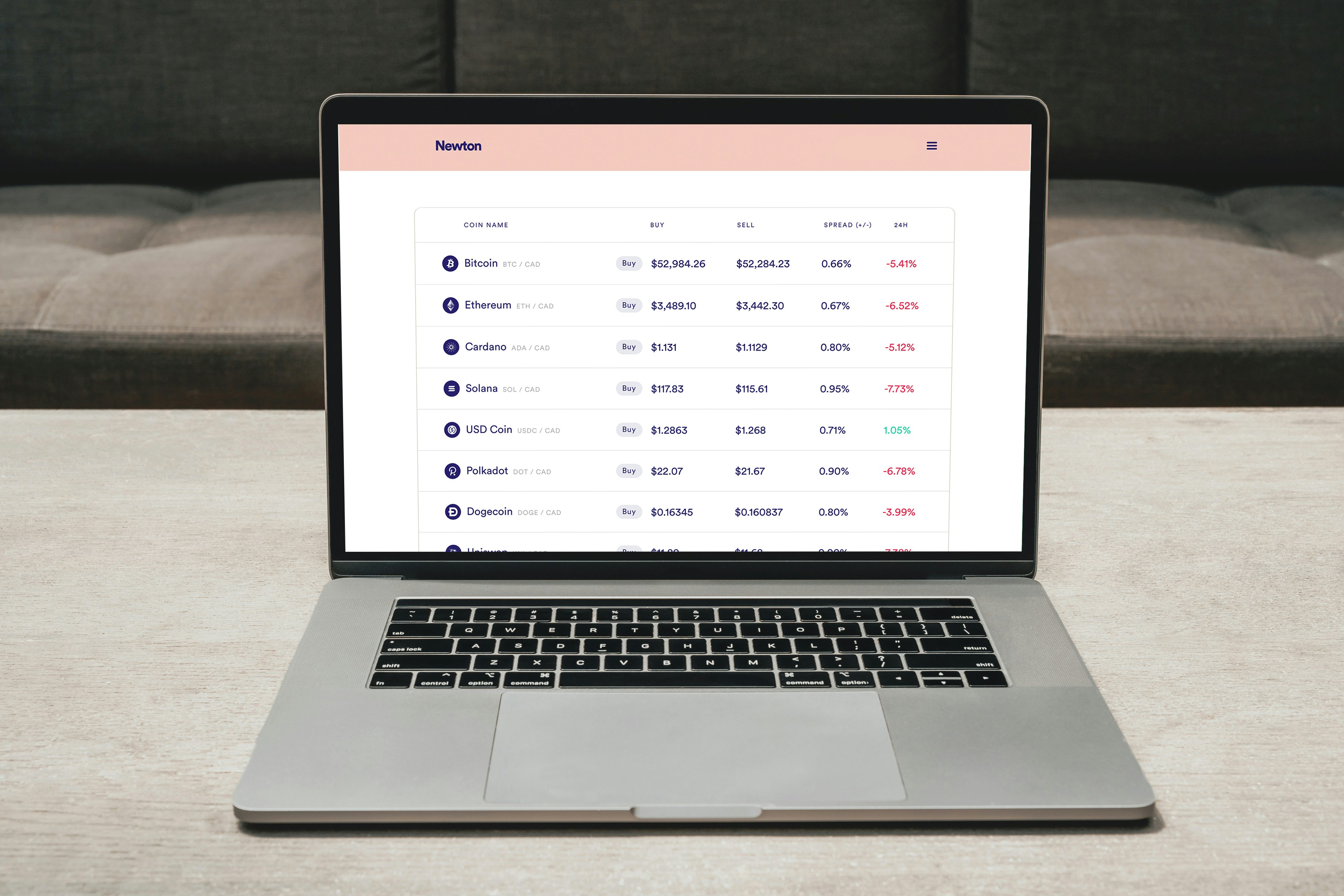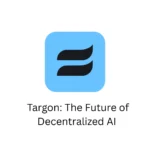
Cryptocurrency mining is the engine behind blockchain networks, powering the creation of new coins and validating transactions securely and transparently. At its core, mining uses powerful computers to solve complex cryptographic puzzles, helping add transaction blocks to the blockchain ledger. Miners who solve these puzzles first are rewarded with new coins and transaction fees.
Mining decentralizes control, distributing network power across participants instead of central authorities, which keeps the system trustworthy and tamper-proof. As interest in cryptocurrencies has exploded, mining has become a popular investment and side hustle, but newcomers must decide between two main methods: cloud mining and home mining.
What is Cloud Mining?
Cloud mining lets users rent computing power from providers who run mining hardware in data centers. This means no physical rigs or maintenance headaches for you — just pay for hashing power and start earning remotely.
Advantages of cloud mining include:
- Low upfront cost (no expensive hardware purchase)
- No need for technical setup or maintenance
- Accessible from anywhere, ideal for high electricity cost regions
- Flexible contract terms for various budgets and risk levels
But watch out for:
- Lower profitability due to service fees
- Risk of scams and unreliable providers
- No control over mining hardware or settings
What is Home Mining?
Home mining involves buying and running your own mining rigs — usually powerful GPUs or ASICs — from your location. You control everything from hardware to software and get all the rewards (minus electricity and maintenance costs).
Benefits of home mining include:
- Full control over hardware and mining strategy
- Potentially higher profits by avoiding third-party fees
- Ability to mine various cryptocurrencies
- Hands-on experience and technical learning
Challenges include:
- High initial cost for hardware and cooling
- Significant electricity expenses
- Noise and heat generated by mining rigs
- Need for technical know-how and ongoing maintenance
Cost Comparison: Cloud Mining vs Home Mining
| Aspect | Cloud Mining | Home Mining |
|---|---|---|
| Initial Investment | Low — pay for contract | High — hardware and setup costs |
| Maintenance | Provider handles all | User responsible |
| Control | None — rely on provider | Full control |
| Profit Potential | Lower due to fees | Higher, but dependent on costs |
| Technical Knowledge | Minimal required | Moderate to advanced |
| Electricity Costs | Included in fees | Paid by user |
| Scam Risk | Moderate to high — careful vetting needed | Low — physical control over assets |
Key Takeaways
- Mining is essential for blockchain security and coin generation.
- Cloud mining is beginner-friendly but can be less profitable and riskier due to scams.
- Home mining offers control and better profit potential but requires investment and technical skill.
- Evaluate your budget, technical comfort, and goals before choosing your mining path.
- Always research cloud providers thoroughly to avoid scams.
Frequently Asked Questions (FAQ)
Q1: Is cryptocurrency mining still profitable?
Mining profitability depends on factors like hardware efficiency, electricity costs, and coin market prices. Smart miners who optimize these can still profit.
Q2: Can I start mining without technical skills?
Yes, cloud mining requires minimal technical knowledge, making it accessible for beginners.
Q3: Are there risks involved with cloud mining?
Definitely. The industry has scams, so choose reputable providers carefully and read contract terms.
Q4: What hardware do I need for home mining?
Depending on the coin, GPUs or ASIC miners are required. Bitcoin mining favors ASICs, while altcoins may work with GPUs.
Q5: Does mining harm the environment?
Mining uses significant electricity, but newer tech and renewable energy efforts are making it more eco-friendly.


